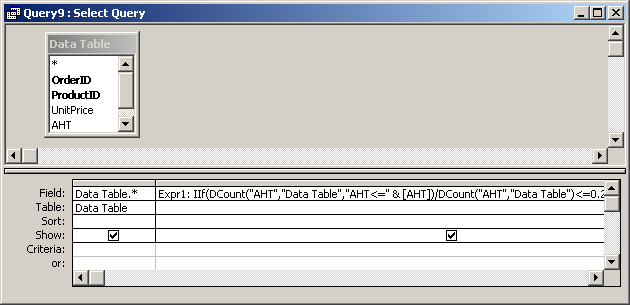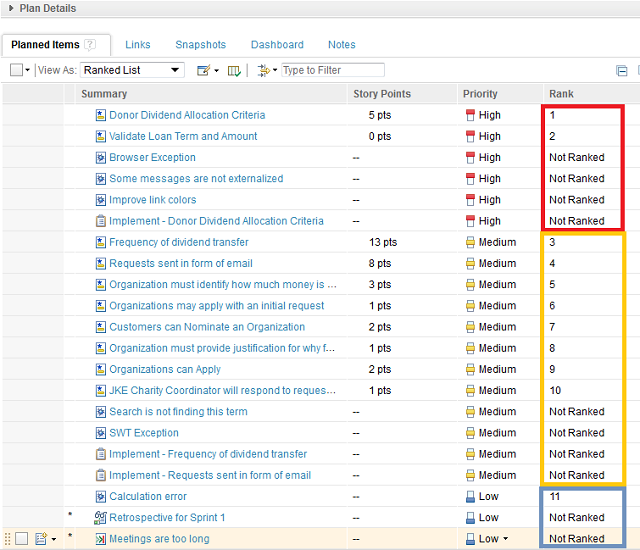


A cutthroat environment: If you want to create an environment of competition inside the workplace, then ranking should work just fine. Uber recently shared how it re-architected its fulfilment service, one of Ubers foundational platform services.The sorting is mainly in ascending performance order to see the low, mid and high performers. Instead you should be looking at how each employee compares to their job level and ensure that calibration is done against other employees with similar job profiles at the same job level. If they have other duties, such as keeping customers happy or supervising junior staff members, then it is grossly unfair to rank the employee on only one, narrow aspect of his job. The stack ranking is a system that evaluates the employees according to their performances. Stack ranking looks purely at how a set of employees compare to each other. Narrow job descriptions: Ranking works if nothing else is expected of the employee other than to perform the narrow criteria you use to assess them.There needs to be a check in the system that combines the ranking system with other performance measures to get a more holistic view. A second pair of eyes: There's no point having a ranking system if your top-ranked performer got there by sabotaging her colleagues and generally having a negative effect on those around her.It’s all written in Node.js, except at the edge, where our NGINX front end does SSL termination and some authentication. It routes incoming requests from our mobile clients to other APIs or services. Precise criteria to compare employees: Ranking criteria should be objective and measurable, such as money earned or clients referred, not subjective like is good with clients or is a team player. The Edge The frontline API for our mobile apps consists of over 600 stateless endpoints that join together multiple services.


 0 kommentar(er)
0 kommentar(er)
